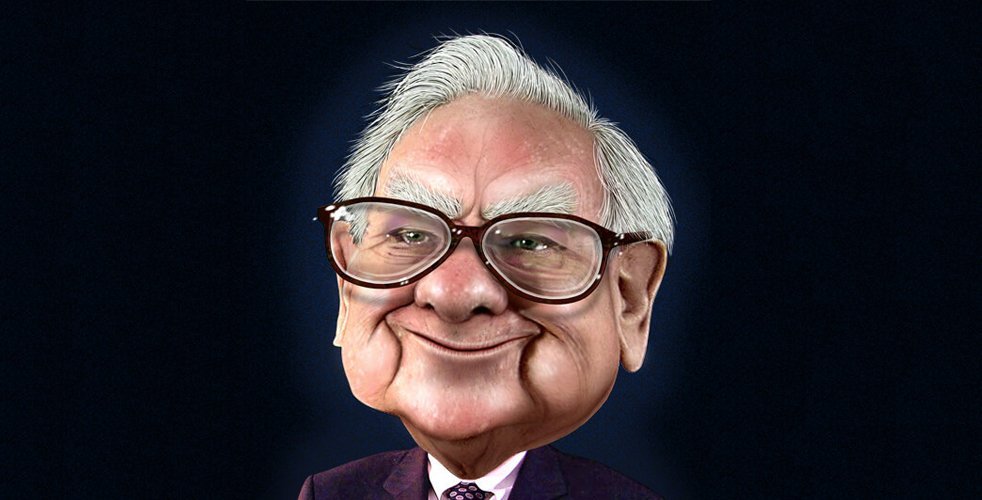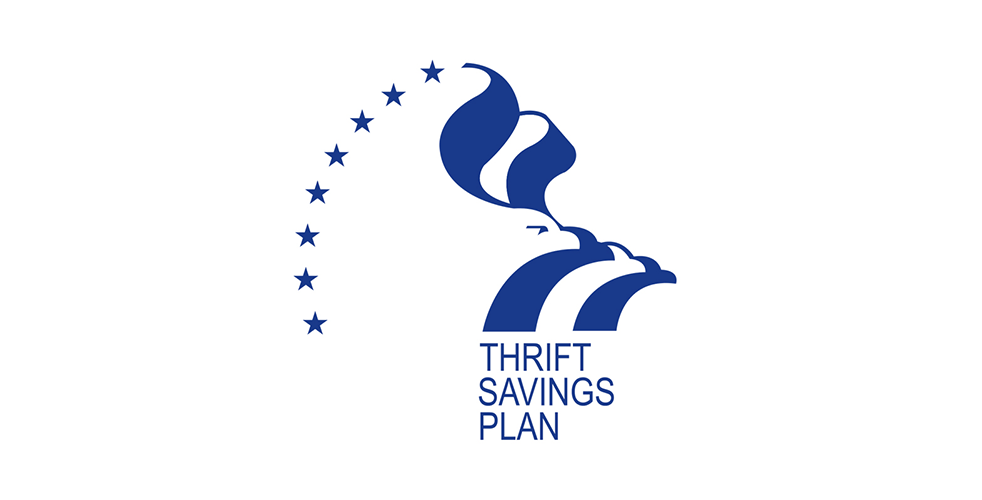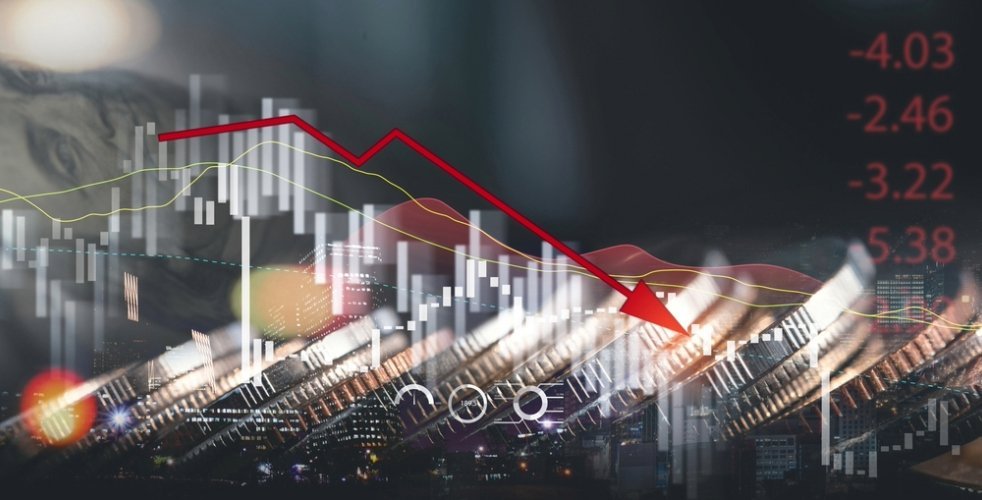
In last month’s article, as well in a previous article detailing how expense ratios can cost you a fortune, we addressed the topic of active vs. passive management. Specifically, we provided clear and comprehensive evidence that active management is never a prudent decision. The savvy investor will instead opt for passively managed index funds that replicate market returns at a very low cost.
Today, we’d like to elaborate on this topic by relaying the story of a famous bet made by the greatest investor of all time – Warren Buffett. Mr. Buffett shares our perspective on this issue, and in typical fashion, made a large wager to prove his point.
We believe the lessons from this story are important enough to make sure you heard it.
The Bet
Back in 2007, using a platform called Long Bets (longbets.org – a non-profit seeded by Amazon’s Jeff Bezos), Warren proposed what seemed like a preposterous bet. He believed that over the ensuing 10-years, active investment management by professionals would, in aggregate, “underperform the returns achieved by rank amateurs who simply sat still.”
In other words, Warren believed that a simple S&P 500 index fund would outperform the best and brightest minds on Wall Street. To show his conviction, he wagered half a million dollars (to be paid to a charity of his choice) to anyone who would take the other side of the bet.
Initially, one might be inclined to think that many of Wall Street’s top dogs would immediately jump at Warren’s offer. After all, there are thousands of professional investment managers who have amassed fortunes by actively managing money for others. But interestingly, what followed was nothing but silence. That, by itself, should speak volumes …
Eventually, one man – Ted Seides, of Protege Partners – stepped forward, and the bet officially commenced on January 1st, 2008.
The Details
As part of Warren’s bet, he stipulated that the counterparty must select at least five hedge funds (very popular, high-fee investment vehicles) to represent the active management side of the bet. The returns of these firms would then be averaged so as to provide a gauge of “aggregate” active management performance.
In this respect, the bet turned out even better than Warren had hoped. Rather than selecting five hedge funds, Protege Partners chose five fund-of-funds. These are funds who themselves invest in a variety of hedge funds. In total, the active management side of the bet ended up representing the performance of over a hundred different hedge funds. This meant that the bet could not be unduly influenced by a handful of exceptionally good (or bad) managers.
Not only was Protege allowed to pick the most promising five fund-of-funds, those funds could, in turn, continually rearrange their own portfolios of hedge funds. In laymen’s terms, this simply means that each of the fund managers could exit their investments in underperforming hedge funds and reinvest in those showing the most promise and/or highest returns. Therefore, the active management side of this bet had every option, and every incentive, to ensure they performed as well as possible.
So what happened?
The Results
Initially, during 2008 (the first year of the bet), the five fund-of-funds did outperform the S&P 500. But unfortunately for those fund managers, the roof soon caved in. In each of the subsequent nine years, the fund-of-funds underperformed the index, leaving them woefully short on performance 10 years later.
The bet was concluded at the end of 2017, and the final results are shown in the table below. As you can see, not a single one of the fund-of-funds even came close to matching the performance of the S&P 500.
| Results of “The Bet” | ||||||||
|---|---|---|---|---|---|---|---|---|
| Year | Fund-of-Funds A | Fund-of-Funds B | Fund-of-Funds C | Fund-of-Funds D | Fund-of-Funds E | S&P 500 Index Fund | ||
| Final Gain | 21.7% | 42.3% | 87.7% | 2.8% | 27.0% | 125.8% | ||
| Average Annual Gain | 2.0% | 3.6% | 6.5% | 0.3% | 2.4% | 8.5% | ||
| Data from Berkshire Hathaway’s 2017 Annual Letter to Shareholders | ||||||||
It’s important to note that the market’s performance during this 10-year period was quite normal with respect to long-term historical trends. The 8.5% annual return generated by the S&P 500 is close to the market’s long-term average, and should have been an easy hurdle for the professionals. This period also contained both a bull and bear market.
The lesson from these results should be clear, but in this case we’re going to add a bit of insult to injury. Not only did the investors in these hedge funds receive subpar returns, they paid an enormous amount in fees for that privilege. These hedge funds represent a cross-section of the best minds on Wall Street, and they were beat by millions of individual investors with no financial education who simply had the wherewithal to put their money in an S&P 500 index fund and sit on their hands.
Warren’s Genius, Compounded
Initially, when this bet was arranged, both Warren and Protege Partners purchased $500,000 worth of face value zero-coupon bonds to be given to the winning charity. Zero coupon bonds pay no interest and instead are sold at a discount to the value they mature at. In effect, each party paid $318,250 for bonds that would deliver $500,000 in value 10 years later. That represented a 4.56% annual return if held to maturity.
Girls, Inc. of Omaha was the charity that Warren had named beneficiary of this bet, and originally, Warren intended to do nothing more than take the proceeds of these bonds and distribute the $1 million accordingly. But an odd confluence of events allowed Warren to work even more of his magic.
In November 2012, approximately five years into the bet, the bonds that Warren and Protege had purchased were trading at 95.7% of their face value. Based on that price, the annual yield to maturity was a staggeringly low 0.88%. In other words, holding those bonds for the ensuing five years would generate a return of 0.88% per year.
At the same time, the dividend yield on the S&P 500 was about 2.5%, triple that of the original bonds. Not only that, the stock market has a long history of creating value for shareholders at near double-digit rates. Based on this, both Warren and Protege sold the bonds they had purchased five years earlier, and invested the balance in 11,200 Berkshire “B” shares.
During the subsequent five years, the value of those shares more than doubled. The end result was that upon completion of the bet, Girls Inc. of Omaha received a check for $2.2 million, instead of the $1 million it had originally hoped for.
Key Takeaways
There are a few lessons here that are worth elaborating on before we wrap things up. During the 10-year bet, the active managers involved engaged in thousands of trades. These managers studied financial statements, spoke with corporate management teams, read trade journals and obtained the insights and opinions of Wall Street analysts. Meanwhile, an investor in an S&P 500 index fund did nothing … absolutely nothing, and still outperformed.
Many smaller investors get a kick out of buying and selling stocks and to the extent that this activity provides entertainment and a deeper understanding of investing, it can be justified. But by and large, the vast majority of investors will see better returns over time by paying little or no attention to their portfolios. That might sound counterintuitive, but as long as an investor has the courage to embrace equities as an asset class for long periods of time, they will do very well.
And in those instances when investment decisions must be made, in most cases a simple and rational perspective – and perhaps the ability to not get carried away with mob mentality – is all that’s needed. When Warren and Protege decided to sell their bonds yielding 0.88% and invest in a basket of U.S. based business (using Berkshire as a proxy), that decision could have been made by a 10-year old.
Hold bonds priced at over 100 times earnings (95.7 sale price/0.88 yield) that yield less than 1% OR invest in a basket of stocks paying three times that in dividends alone with the possibility of substantial price appreciation? Hmm … tough one.
Finally, Warren’s entire point with this bet was to answer the question: Do investors get their money’s worth for the staggering sums they pay to investment managers over time? Hopefully, as you can now see, the answer is an unequivocal no.
How Model Investing Fits In
At this point we thought it would be valuable to explain how our approach at Model Investing fits in with the general recommendations provided by Mr. Buffett. We’ll do this by outlining some of the characteristics of our Asset Rotation Model (our most basic investment model), and then extend the discussion to our allocation models (401 Model and TSP Model).
To begin, each of our investment models is comprised entirely of index funds. Our Asset Rotation Model (ARM) in particular, includes only two funds – an S&P 500 index fund (SPY) and a U.S. Bond index fund (AGG). In concert with Mr. Buffett’s thoughts, our Asset Rotation Model spends the vast majority of its time invested in SPY.
In fact, the only time the Asset Rotation Model switches to cash or bonds is during recessionary periods, when the value of stocks is expected to fall substantially. In other words, we embrace Mr. Buffett’s philosophy completely, with the only exception being that the ARM will transition the portfolio to bonds as economic conditions deteriorate, and back to stocks once they start to improve.
In our experience, this small tweak adds a tremendous amount of value. Our data shows that the ARM would have experienced a maximum drawdown of only 15.3% during the past 18 years, whereas the S&P 500 fell in excess of 50% on two separate occasions. To highlight this further, even Berkshire Hathaway lost 48.9% of its value during the dot-com collapse, and 50.7% during the financial crisis.
Our allocation models are a bit more involved, but this extremely basic underlying philosophy still holds true: invest in stock index funds during economic expansions, and shift the portfolio to bonds when those conditions begin to deteriorate. The primary difference between our allocation models (401 Model and TSP Model) and the ARM, is that the allocation models have a wider variety of index funds in which to deploy capital. This allows them to take advantage of growth in other areas of the market if that growth is expected to exceed that of the S&P 500.
Overall, we’re rather proud that our investment approach aligns closely with what Mr. Buffett recommends, as he is by far the greatest investor to ever walk the earth. His contributions to society and to the education of investors around the world are unparalleled, and we are all deeply in his debt.
We hope you’ve enjoyed this article and as always, have walked away with some newfound insight. We’ll leave you with one final quote from Mr. Buffett that summarizes the lessons here: “Performance comes, performance goes. Fees never falter.”

An innovative approach for eaming higher returns with less risk
Download Report (1.2M PDF)You don’t want to look back and know you could’ve done better.
See Pricing



